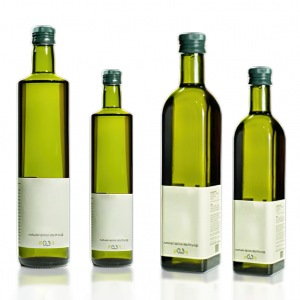Early Beginnings: The concept of plastic bottles traces back to the invention of plastic itself. In the mid-19th century, Alexander Parkes developed Parkesine, one of the earliest forms of plastic, which could be molded into various shapes, including bottles. However, it was expensive and not widely adopted.
First Commercial Plastic Bottles: The first commercially successful plastic bottle was introduced in 1947 by the American company Owens-Illinois. They created the PET (Polyethylene Terephthalate) plastic bottle, which became a game-changer due to its lightweight, durability, and ability to resist pressure.
Advantages: Plastic bottles offered numerous advantages over traditional packaging materials like glass or metal. They were lightweight, shatterproof, and cost-effective, making them ideal for beverage packaging and distribution.
Beverage Industry Adoption: The introduction of plastic bottles coincided with the rise of the soft drink industry. Companies realized the convenience and cost-effectiveness of using plastic bottles over traditional glass containers. Plastic bottles quickly became the norm for beverages like soda, water, juices, and more.
Widespread Use: As plastic bottle technology improved, their use extended beyond the beverage industry. They became popular for packaging various liquids, including milk, condiments, cleaning products, and personal care items.
Environmental Concerns: Over time, the increased use of plastic bottles led to environmental concerns due to plastic pollution and their impact on marine life and ecosystems. Awareness of the environmental issues caused by plastic waste grew in the late 20th century, leading to efforts to address plastic bottle waste and promote recycling.
Recycling Efforts: In response to environmental concerns, recycling initiatives for plastic bottles gained traction in the 1980s and 1990s. Governments, industries, and environmental organizations promoted recycling programs to mitigate the negative impact of plastic waste.
Sustainable Alternatives: As the environmental impact of plastic bottles became evident, there has been a push for more sustainable alternatives. Companies started exploring biodegradable plastics, plant-based bottles, and reusable beverage containers to reduce plastic waste.
While plastic bottles offered significant advantages and convenience, their environmental impact has become a major concern. As a result, efforts are ongoing to develop more sustainable packaging solutions and promote responsible consumption and recycling practices. The future of beverage packaging is likely to involve a combination of innovative materials, recycling technologies, and increased consumer awareness to address the environmental challenges posed by plastic bottles.







